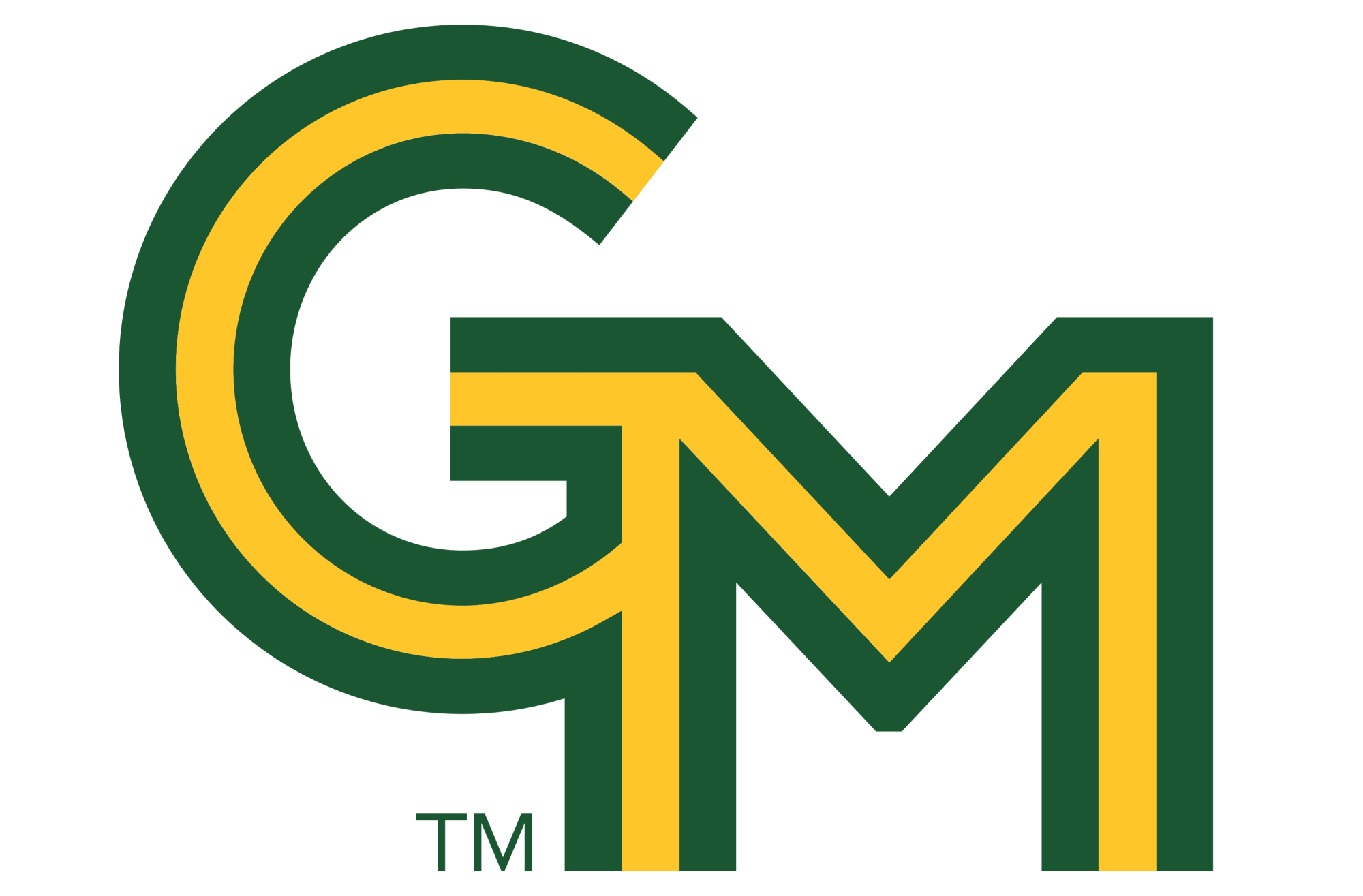Project Overview:
The Talking Multimeter project is designed to assist a blind electrical engineer, John Bailey, by providing audible readings for capacitance, inductance, frequency, and resistance measurements. The objective is to develop a fully functional multimeter that enhances accessibility, including specific features requested by John, such as the ability to measure capacitance in picofarads and standard inductance and resistance measurements.
Tasks Completed:
1. Initial Meeting with John Bailey:
A. Discussed user requirements and preferences.
B. Identified key features such as capacitance readings in picofarads.
2. Project Planning and Scheduling:
A. Developed a rough draft of the project schedule covering both semesters.
B. Identified major milestones and deliverables.
3. Design Matrix Creation:
A. Developed three design matrices to compare different components and configurations.
B. Evaluated microcontrollers, oscillator circuits, and audio output systems.
C. Finalized selections based on cost, familiarity, availability, and performance.
4. Blog and Documentation Setup:
A. Created a project blog to document progress and updates.
B. Implemented a structured approach to keeping stakeholders informed.
5. Gantt Chart Development:
A. Generated a Gantt chart to organize tasks, deadlines, and responsibilities.
B. Uploaded and shared with the team for tracking progress.
6. Component Procurement:
A. Purchased necessary components for building the circuit that measures both inductance and capacitance.
B. Ensured all required parts are available for the next phase of implementation.
7. Capacitance Measurement:
A. Successfully conducted initial tests on capacitance measurement.
B. Verified functionality using known capacitors.
8. Inductance Measurement:
A. Completed prototype circuit for inductance measurement
B. Verified results using standard inductors
9. Resistance Measurement:
A. Fully implemented resistance measurement
B. Accurate readings confirmed across multiple resistor values
10. Speakers:
A. Integrated audio output module with Arduino
B. Configured voice output using Talkie Library
C. Validated clarity and timing of spoken measurements
———————————————————————————————–
Current Work in Progress:
A. Updating the project blog with the latest progress
B. Awaiting approval from faculty advisor
Challenges and Considerations:
A. Ensuring accurate and consistent readings for all measurement modes.
B. Addressing component compatibility issues and future availability
C. Maintaining project timeline efficiency
Next Steps:
A. Implement frequency detection.
B. Beginning voice activated modules.
C. Incorporating a rechargeable battery module.
D. Finalize the schematic model using Ki-Cad
E. Begin PCB design.
